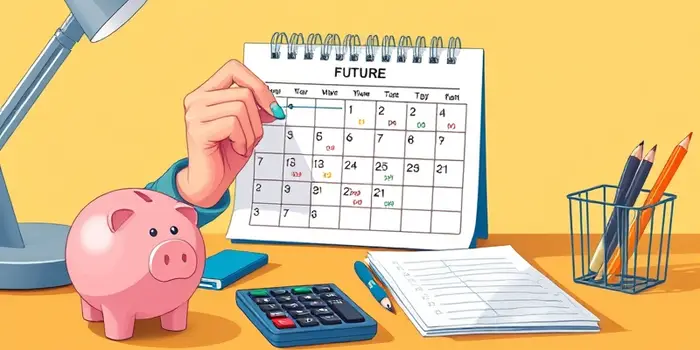
When it comes to buying a car, saving for tuition, or renovating your home, timing is everything. By planning big purchases well ahead of time, you not only gain financial control but also eliminate unnecessary stress. With the right approach, you can avoid last-minute scrambling and ensure every dollar is working for you. Below, we explore practical steps, real-world numbers, and proven strategies to help you prepare for your next major expense.
Major purchases often carry hidden costs beyond the price tag: high financing rates, rushed decisions, and sneaky fees can all drive up your total expenditure. By taking a methodical approach, you can avoid high-interest credit card debt and secure better deals.
Moreover, setting a timeline creates accountability. Whether your goal is a $10,000 car down payment or a $5,000 home appliance upgrade, defining a deadline focuses your efforts and builds confidence. This process also fosters strong saving habits that benefit your broader financial journey.
Impulsive purchases can feel rewarding in the moment, but the aftermath often includes regret and financial strain. A single unplanned expense may force you to tap emergency funds or resort to high-rate loans, eroding your long-term goals.
Without a plan, you risk missing seasonal sales, manufacturer discounts, and negotiation leverage. Investing extra time upfront leads to detailed cost comparisons and vendor quotes, ensuring you pay no more than necessary.
Follow these six essential steps to structure your approach and track progress with confidence.
By following these steps, you build a robust framework that removes guesswork and places you in control. Tracking your progress monthly lets you catch shortfalls early and adjust contributions as needed.
Use the table below to align your savings horizon with the type of purchase you’re targeting.
Beyond the basics, applying creative tactics can accelerate your progress and reduce total cost.
Additionally, maintaining healthy credit opens doors to 0% financing or low-interest loans, but always read the fine print and calculate the total repayment to confirm you’re getting a genuine benefit.
Poor planning can derail both your immediate purchase and long-term aspirations. Here are frequent mistakes and how to sidestep them:
Relying on emergency savings for discretionary buys forces you to rebuild vital buffers for true emergencies. Instead, keep your savings goal separate in a dedicated account.
Underestimating ancillary costs—insurance, maintenance, installation fees—often adds 10%–30% to your budget. Always include a buffer of at least 10% in your target amount to cover unexpected expenses.
Embracing a proactive planning mindset yields more than just monetary savings. You’ll gain solid cash flow management, reduce anxiety around large expenses, and build resilient financial habits for future goals.
Every dollar redirected from impulse spending to structured saving brings you closer to your dream purchase without jeopardizing your financial health. Start today—define your goal, set up your timeline, and watch both your savings account and confidence grow.
References













